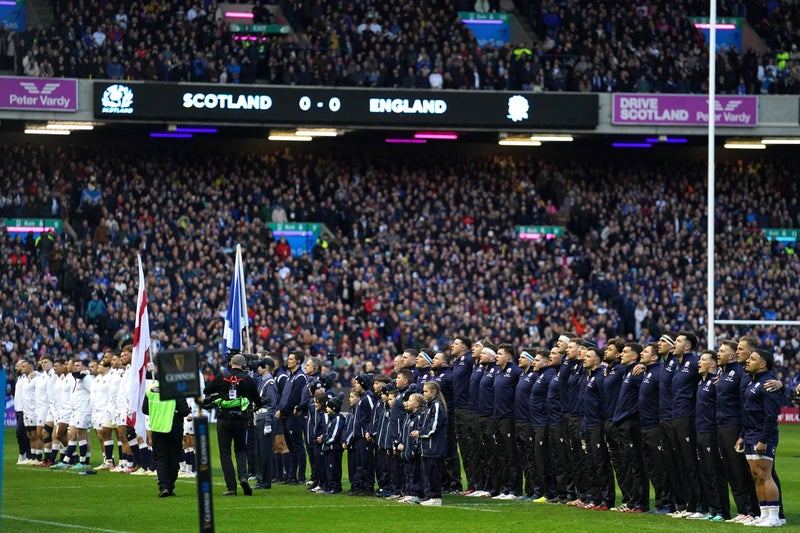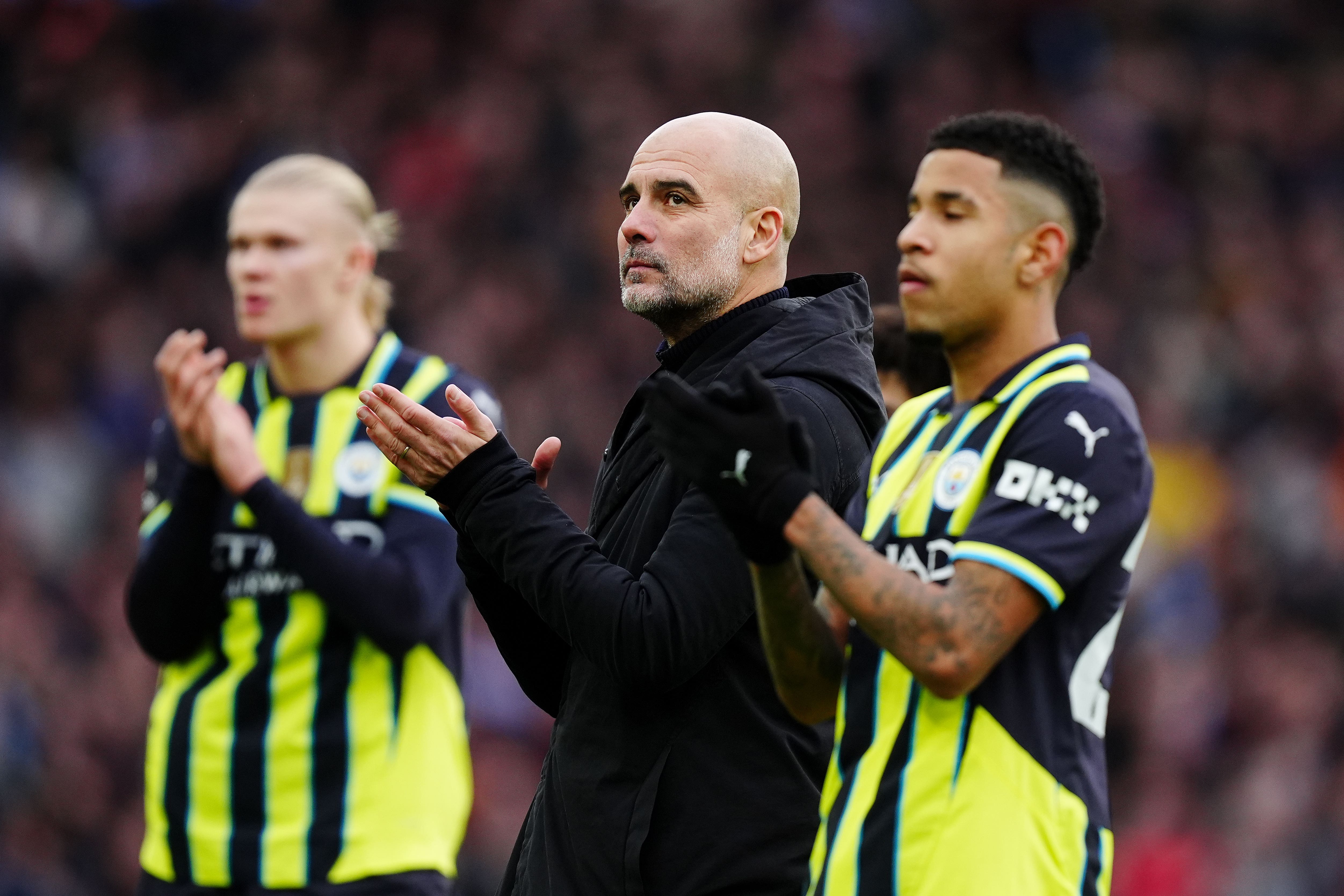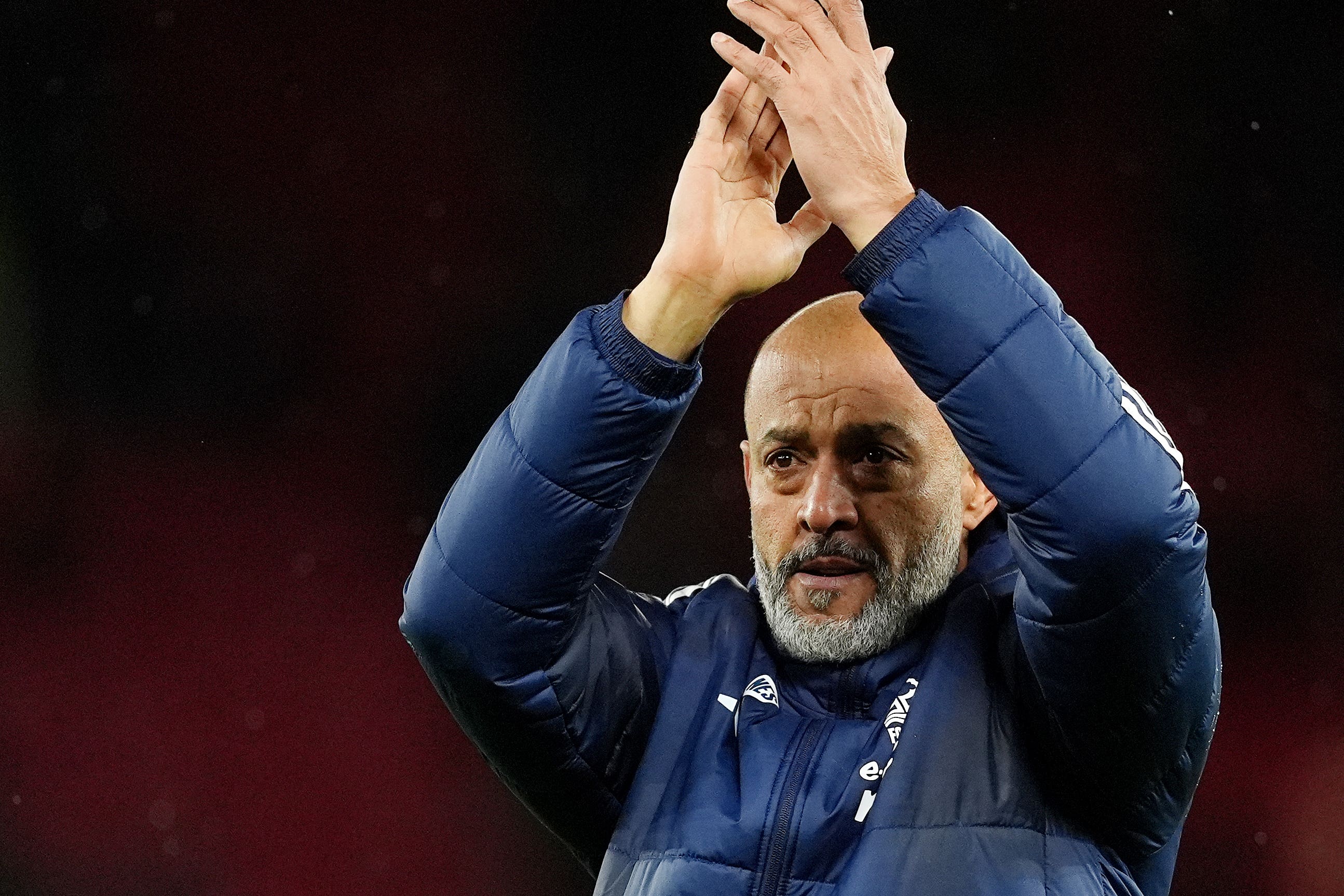Red Rose have lost four in row against Scots, but if they can back up Les Bleus win there will be talk of top-two finish. In recent times the Calcutta Cup has morphed into the “Scottish play” the English would rather not mention by name. One Red Rose win in seven attempts and four consecutive victories for Gregor Townsend’s side has certainly been an uncomfortable sequence for those who, for decades, regarded death and taxes as only marginally more inevitable than Scotland losing down south.
![[Robert Kitson]](https://i.guim.co.uk/img/uploads/2017/10/09/Robert-Kitson,-L.png?width=75&dpr=1&s=none&crop=none)
So much for the supposed dead weight of history. “What’s done cannot be undone,” murmured Lady Macbeth but she wasn’t privy to the skill and daring of Finn Russell or the killer finishing of Duhan van der Merwe. The last time England lost three or more consecutive home games in this fixture was in the early 1900s before Twickenham became their spiritual home.
![[England’s Theo Dan after last year’s 30–21 defeat at Murrayfield.]](https://i.guim.co.uk/img/media/3a6cc086057219b22a5aaa7a0ab64dc0462e8c77/0_157_2675_1605/master/2675.jpg?width=445&dpr=1&s=none&crop=none)
The cyclical nature of sport and sheer weight of numbers, though, would suggest an English revival has to materialise at some point. The big question is when – and Saturday, in theory, offers a perfect opportunity. Boosted by their thrilling win over France – and with their aches and pains nicely rested – this is theoretically a re-energised England side with their tail up.
![[Fin Smith trains.]](https://i.guim.co.uk/img/media/3e0c071fe133fb1e1058c9d9009d2c5ec1aa814e/137_117_2749_1650/master/2749.jpg?width=445&dpr=1&s=none&crop=none)
All of which ignores one niggling little word. Consistency. England have tended to be a side who wax and wane, not only from week to week or half to half but from minute to minute. Even against France they were required to ride their luck and might have been 20 points down in the first half if Les Bleus had not seemingly been playing with a piece of soap.
Last year at Murrayfield was another prime example. It is easy to forget England made an encouraging start, conjuring a lovely early try for George Furbank not dissimilar in its execution to Elliot Daly’s dramatic score against France last Saturday week. But a fumble here and a missed tackle there allowed their grateful hosts to sneak back into the contest and, thereafter, English shoulders started to drop.
Small wonder a number of players have since described that wounding experience as a line in the sand. The following week they vowed that, in future, they would be bolder, stick in the fight and not roll over as easily. Aside from some frustrating autumn performances, when defensive uncertainty cost them, they have mostly stayed true to that pledge.
Hence why this now feels to be a potentially pivotal stepping stone for English self-esteem and their medium-term outlook. Win again and there will be every chance of a top-two Six Nations finish, their first since 2020. Succumb once again to the wiles of Russell and Van der Merwe, who has scored five tries against England in his past two games facing the “auld enemy”, and Caledonian sniggering will grow ever louder.
In pursuit of extra motivation, England’s coaches could do a lot worse on the eve of this game than replay the episode of Full Contact, the Netflix fly-on-the-wall show based around last year’s Six Nations, in which a grinning Russell cheekily refers to a tartan Calcutta Cup victory as “normal” these days. It is no coincidence that Scotland’s solitary recent defeat by England, in 2020, came when Russell was absent. Wiping that familiar smile off the Bath ringmaster’s face will be high on English wishlists.
Sign up to The Breakdown. The latest rugby union news and analysis, plus all the week's action reviewed. after newsletter promotion. The most pertinent footage of all, though, is Scotland’s first-half shocker in round two against Ireland, when pre-match optimism was already dissolving before the sickening collision between Russell and Darcy Graham. Apply pressure with and without the ball, safely defuse the restarts and slow down Scotland’s trademark ruck speed and opponents generally prosper.
It is the reason why Scotland, when it comes to the crunch, have struggled to take the final title leap, even with probably their best all-round squad of the modern era. Beating England has proved much more straightforward than upsetting the Irish or the Springboks, either home or away. In terms of Six Nations consistency, the Scots have been as up and down as their neighbours.
To regain the high road Townsend’s team will first need to resow a few seeds of doubt in English minds, particularly in the first quarter. For all the white-shirted determination to chase and hustle Russell and cut the supply lines to Scotland’s talented outside backs, the flipside equally applies. Marcus Smith one on one against a charging Van der Merwe? Fin Smith forced to backpedal against the land of his father, Andrew, and mother, Judith? England have 98 fewer caps in their starting XV than the visitors and have won only two of their past eight Tests.
But what if England’s pack properly turn up? Ollie Chessum has quietly become a key cog in Steve Borthwick’s squad and his absences over the past year have been keenly felt. At last he is back starting at lock, intent on disrupting opposition lineout ball and generally making a nuisance of himself. With Tom Curry having started the tournament outstandingly, Tom Willis adding extra ball-carrying heft and the underrated Ted Hill now set to feature off the bench, England are unlikely to go down meekly.































